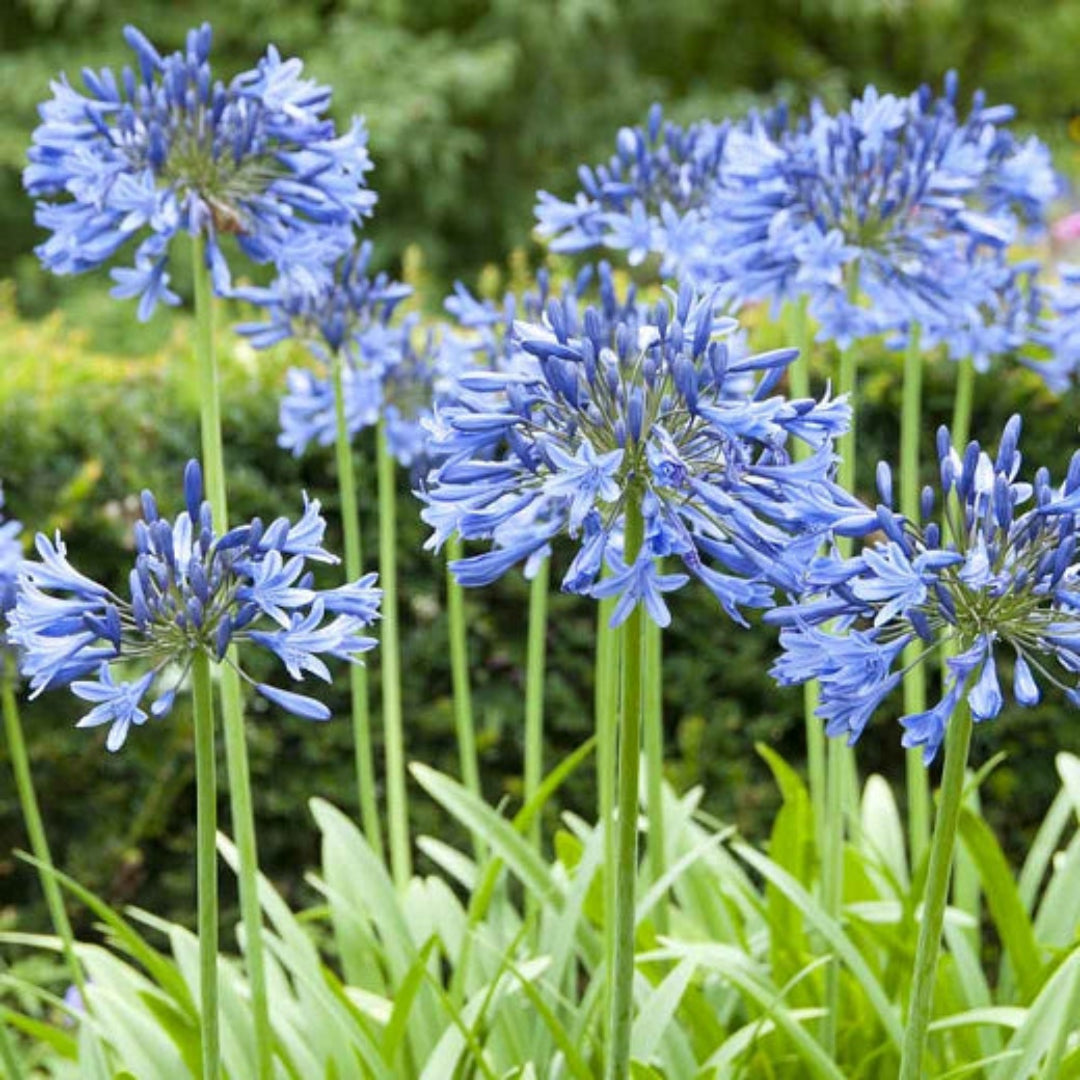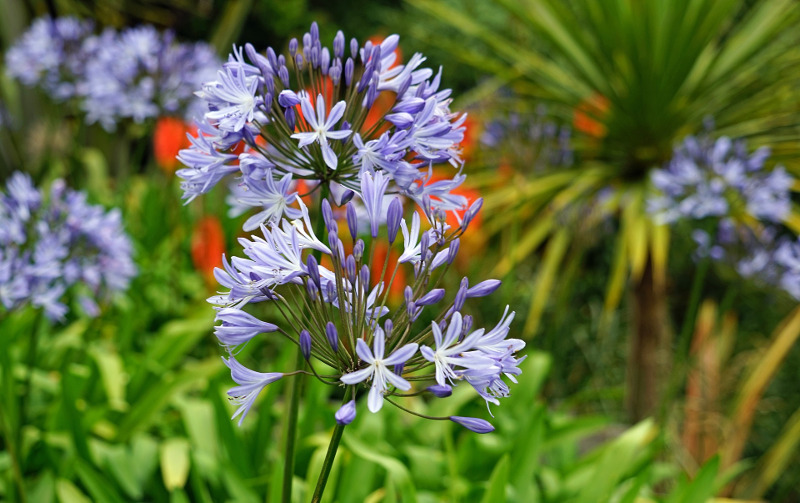Grasping the Art of Agapanthus Care: Necessary Actions for Healthy Development and Vibrant Flowers
In the realm of horticulture, the farming of agapanthus stands as a rewarding undertaking for those that seek to nurture these elegant blooming plants. With their striking flowers and graceful vegetation, agapanthus has actually caught the interest of garden enthusiasts worldwide. Nonetheless, attaining optimal development and lively blooms needs a nuanced strategy that incorporates various essential actions. From choosing the appropriate selection to grasping trimming strategies, the trip towards growing growing agapanthus plants is complex and holds the vital to unlocking the full capacity of these herb treasures.

Choosing the Right Agapanthus Selection

When choosing the best Agapanthus range for your yard, consider factors such as climate suitability, bloom shade, and growth habit. Additionally, consider the climate in your region to ensure the Agapanthus variety you select can prosper in your particular conditions. Recognizing the growth routine of different Agapanthus varieties is critical for appropriate positioning within your garden.
Perfect Planting Problems
Taking into consideration the ideal environmental needs is essential for effective Agapanthus cultivation. Agapanthus flourishes in well-draining soil with a somewhat acidic to neutral pH degree. When planting, choose a place that receives full sunlight to partial color. In hotter climates, offering some mid-day shade can protect against scorching of the fallen leaves. Agapanthus plants are sensitive to chilly temperature levels and need to be safeguarded from frost throughout winter season.
To guarantee healthy development and vibrant blooms, plant Agapanthus bulbs at a depth of regarding 2-4 inches and area them 8-12 inches apart. Mulching around the base of the plants helps maintain moisture and reduces weed growth.
Watering and Fertilizing Tips
Maintaining appropriate wetness degrees and providing important nutrients are crucial elements in the treatment regimen for Agapanthus plants. When it pertains to watering Agapanthus, it is essential to strike an equilibrium. If overwatered, these plants prefer constantly damp dirt but are prone to root rot. During the growing period, water deeply as soon as a week, guaranteeing the dirt is well-draining to stop waterlogging. In hotter environments or during durations of drought, even more constant watering may be essential to keep the dirt equally damp. However, reduce watering in the winter to stop waterlogged problems.
Fertilizing Agapanthus is vital for promoting healthy and balanced growth and prolific blossoms. Apply a balanced fertilizer, such as a 10-10-10 formula, in the early springtime as brand-new growth arises. By following these watering and feeding pointers, you can ensure Get the facts your Agapanthus plants prosper and create lively, durable blooms.
Trimming Strategies for Agapanthus
Pruning Agapanthus plants at the suitable times and with appropriate strategies is site link important for maintaining their health and advertising optimal growth and flowering. The optimal time to trim Agapanthus remains in late winter months or very early spring before new growth emerges. Start by eliminating any yellowing or dead fallen leaves near the base of the plant. Cut them as close to the ground as possible without damaging the arising shoots.
For flowered stems, wait until the flowers have perished and after that trim them back to the base. This not just cleans up the plant's appearance however likewise encourages the advancement click over here now of brand-new flower buds. Deadheading invested flowers can likewise redirect the plant's energy into generating more flowers as opposed to establishing seeds. However, if you desire to collect seeds for proliferation, leave some flowers to completely dry and fully grown on the plant.
Remember to utilize clean, sharp devices to make precise cuts and minimize the threat of introducing diseases. Agapanthus. Normal pruning will help keep your Agapanthus looking cool and healthy and balanced while guaranteeing a plentiful display of stunning flowers
Handling Common Bugs and Conditions
After making certain proper trimming techniques for Agapanthus, it is vital to deal with common bugs and illness that can affect the health and vitality of these plants. One typical parasite that impacts Agapanthus is the Agapanthus gall midget.
Additionally, Agapanthus plants can experience from root rot if they are grown in improperly draining pipes soil. By being vigilant and taking punctual activity versus conditions and parasites, you can help your Agapanthus plants flourish and generate vibrant blooms. Agapanthus.

Final Thought
To conclude, mastering the art of agapanthus treatment entails picking the right range, offering optimal growing conditions, correct watering and feeding, appropriate trimming strategies, and attending to usual pests and illness. By complying with these important actions, you can make certain healthy and balanced growth and vivid blooms for your agapanthus plants. Bear in mind to on a regular basis keep track of and maintain your plants to promote their overall health and long life.
To make certain healthy development and vibrant blooms, plant Agapanthus light bulbs at a depth of concerning 2-4 inches and area them 8-12 inches apart. By complying with these watering and fertilizing suggestions, you can ensure your Agapanthus plants grow and create vivid, lasting blossoms.
One usual pest that influences Agapanthus is the Agapanthus gall midge. In addition, Agapanthus plants can endure from root rot if they are grown in poorly draining pipes soil. By complying with these essential actions, you can guarantee healthy and balanced development and lively blooms for your agapanthus plants.